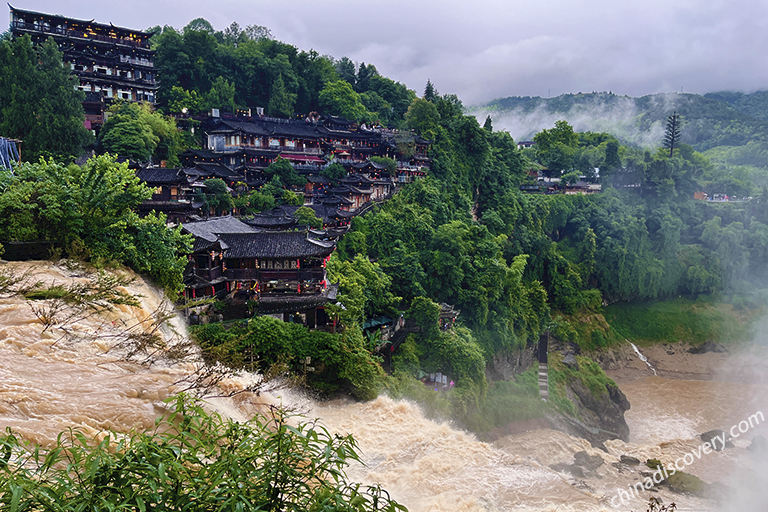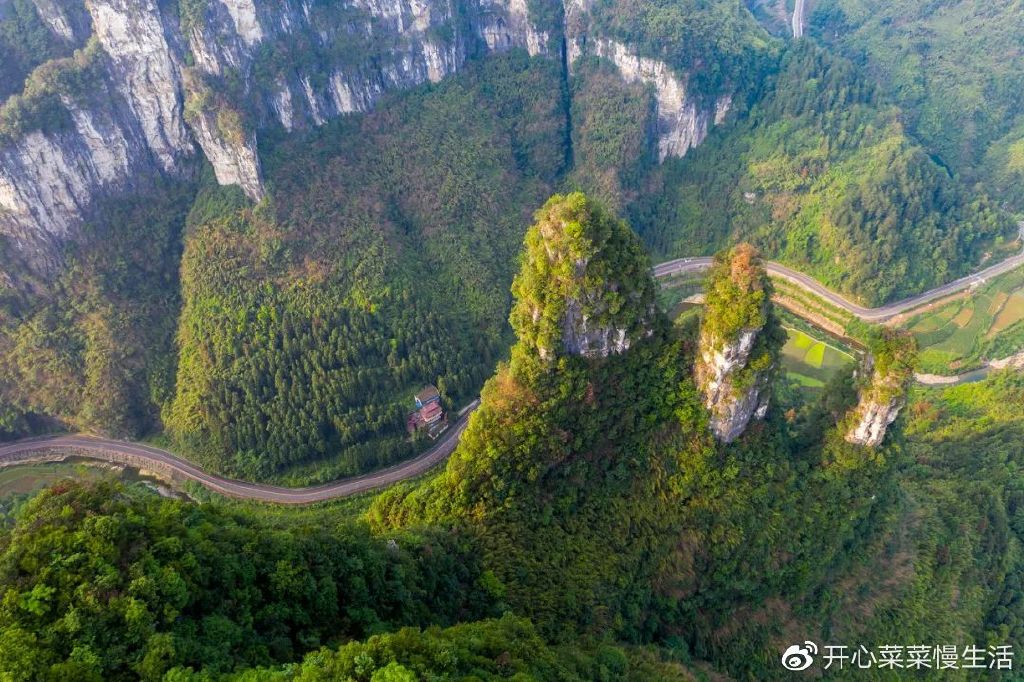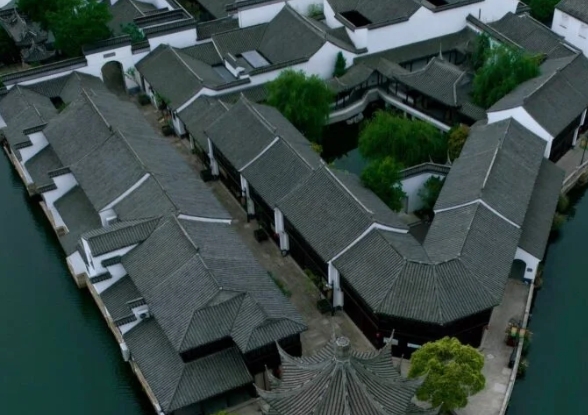Tusi’s Residence
The Tusi’s Residence next to Furong Waterfall is another highlights in Furong Town. Tusi’s Residence also known as Flying-water Village, it is a group of stilted buildings and the side of the residence is cliff with waterfall in front of it and pouring down, very breathtaking. Building on the cliff makes it easy to defense the invasion, during the ruling of Tusi, those Diaojiaolou buildings were soldiers’ dormitory in fact. Nowadays, a mix of Tujia, Miao and Han people reside here.
Furong Town lies on the riverside of Youshui River with surrounded by wonderful scenery of green mountains. You will see winding paths and Tujia Diaojiaolou buildings by the river after coming into the township. The highest altitude of the town is 927 meters, and the lowest is 139 meters. The most majestic complex was built by a rich chieftain of the Tujia minority for summer resort, where you can enjoy the beautiful view of the ever-flowing stream, breathtaking waterfall and the both sides of cliff, as well as the unique view from the bottom of the Tujia Diaojiaolou buildings perched on the high cliff. If time allows, you can stay at one of those local houses and experience the tranquility that it has to offer.

Xizhou Bronze Pillar
Displayed in Xiangxi Folk Scenery Museum of Wangcun in Furong Town is Xizhou Bronze Pillar, which is listed in cultural sites under the national protection as historic evidence of political and military history of Tujia people. In 940, Ma Xifan, the ruler of the State of Chu, and Peng Shichou, the prefectural governor of Xizhou (the southeast of Yongshun County nowadays), made peace after years of war. They cast a 2,500-kilogram bronze pillar as evidence, and engraved the history of the war and the terms of reconciliation on the pillar.
Xizhou bronze pillar that marks of peace witnessed the agreement of ceasefire between the two states of Chu and Xizhou in history. It is regarded as a sacred object by Tujia people. The original pieces corroded and sank into water long time ago, what you can see today is a duplication version with a length of 2.98 meters. It is hollow with round lower end and octagonal upper end. The eight sides of the pillar were engraved with more than 2,600 words. Its special shape and rich inscriptions are of great significance to the study of ancient culture and nationality of western Hunan province.



